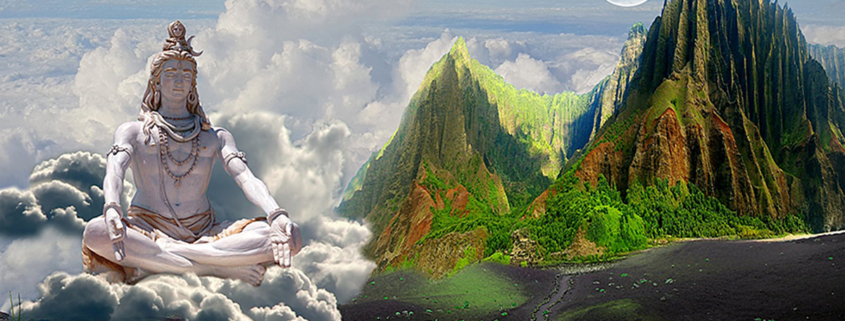Shiva’s Dance
In Hindu legend, Lord Shiva is depicted as Nataraja, lord of the dance that destroys the old and weary ways of the world. Whether by wisdom or whim, Shiva decides what must go, and with wild and ecstatic abandon, he performs its obliteration. His purpose, though widely misunderstood, is release of the soul from its false identification with illusion.
It matters not, or perhaps it matters most, if Shiva’s exterminating dance is at the expense of traits and things that we crave or long to keep. Where there is misery of loss over that which is taken away, the message would appear to be clear: a lesson in non-attachment is sorely needed.
We are only human, of course, and it is natural to feel sad about much of what Shiva destroys: a system that served us well for a time, a forest burned to the ground, a neighborhood lost to a storm or flood, and the lives of those harshly affected or swept away by tragic events. But gone is gone, at least in familiar form. When we do not let these go, part of us dies with them. Chaos is often a necessary pre-condition for new life, new growth, new systems, and new civilizations to emerge.
Shiva dances to undo our delusions. If we cling to them of desire or grief, we find ourselves also caught in his path of destruction. What is the use of that? We must control what we can, which is ourselves, and accept what we cannot, which is everything else. Shiva’s dance is done to break us of believing that we know better, to disrupt us of comforts that leave us complacent, to teach us that we are here to accept, adapt, and advance according to whatever occurs.
We want to be happy, and Shiva’s role, paradoxical though it seems, is meant to show us how. Mourn if you must, he is telling us, but then release your attachment to what is no longer there as before. Relationships need not end with death or departure, whether to a person, a place, or a piece of nostalgic connection. We may feel these always dear to us, and be grateful for what they have been; but when that feeling is one of deprivation, we suffer for no good reason.
In Shiva’s dance, earthquakes, hurricanes and volcanic eruptions are not born of wrath. They are simply dramatic instruments of change, perhaps with a portentous karmic purpose, but always for the sake of clearing a path for self-offering and receptivity to emerge. Tragedies and disasters are executioners of delusion. As we calmly see the truth in this – that we are not the doers of what is done, not the owners of what we name as ours, not the knowers of what is meant to be and why – and as we trust in God’s good will, even as displayed in Shiva’s fiery moves, our happiness gets remarkably easier to gain and sustain.
Shiva’s dance is said to take place at the center of the universe, which represents the heart. Though it tests us, sometimes terribly, it is ever a dance of love.




Leave a Reply
Want to join the discussion?Feel free to contribute!